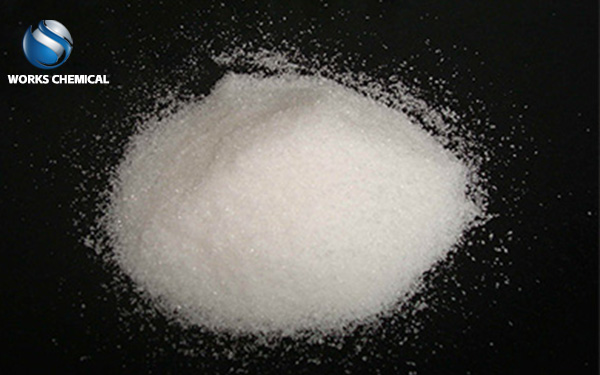
When treating sewage and sludge, it is often necessary to use some flocculants to achieve better treatment results. When choosing the right sludge conditioner, we usually start from the following four aspects. Let's take a look.

1. Sludge characteristics
For sludge conditioners with high organic content, the more effective flocculant is cationic. The higher the organic content, the higher the degree of polymerization should be. Anions can be considered in inorganic sludge. The difference of sludge properties directly affects the conditioning effect, while the dross and residual activated sludge are difficult to dehydrate, and the dewatering performance of mixed sludge is between the two.
In general, the more difficult the sludge dewatering, the greater the amount of flocculant, the smaller the sludge particles, which will lead to an increase in the amount of flocculant. The high organic content and alkalinity in the sludge will also lead to an increase in the amount of flocculants. In addition, the solid content of the sludge also affects the amount of flocculant. Generally, the higher the solid content of sludge, the greater the amount of flocculant used in sludge dehydrator.
2. Concentration of flocculant
The concentration of flocculant not only affects the conditioning effect, but also affects the consumption of chemical agents in the sludge dewatering machine and the yield of mud cake, especially the organic polymer flocculant. In general, the lower the concentration of organic polymer flocculants, the less the amount of agents, the better the conditioning effect.
But too high or too low concentration will reduce the yield of mud cake. But the conditioning effect of inorganic polymer flocculant is almost not affected by the concentration. The concentration of organic polymer regulator is 0.05 ~ 0.1, and the concentration of aluminum salt is 4 ~ 5.
3. pH value of sludge
The pH value of sludge depends on the form of hydrolysate, and the treatment effect of the same flocculant on the sludge conditioner with different pH values is very different. The hydrolysis reaction of aluminum salt is greatly affected by pH, and the pH of its coagulation reaction is 5-7. Iron salt regulator is less affected by pH, pH range is 6~11. In the sludge with a pH of 8~10, the hydrolyzed products with high solubility of ferrite salt can be oxidized into flocculent with low solubility.
Therefore, when selecting inorganic flocculants, the specific pH value of dehydrated sludge should be considered first. If the pH is outside the range of the coagulation reaction, replace it with another one. Otherwise, before conditioning the sludge, it is necessary to adjust the pH value of the sludge by adding acid or alkali.
4.the temperature of the mixed treatment liquid
The temperature of the sludge conditioner directly affects the hydrolysis of the flocculant. The lower the temperature, the slower the hydrolysis. If the temperature is lower than 10℃, the flocculation effect of the sludge dehydrator will be significantly worse. Proper extension of flocculation time can improve the conditioning effect. When the temperature is low in winter, it is necessary to pay attention to the insulation of the sludge dehydrator, not less than 15 ° C, in order to minimize the heat loss during the sludge transport process. You can choose the sludge conditioner according to the above aspects.